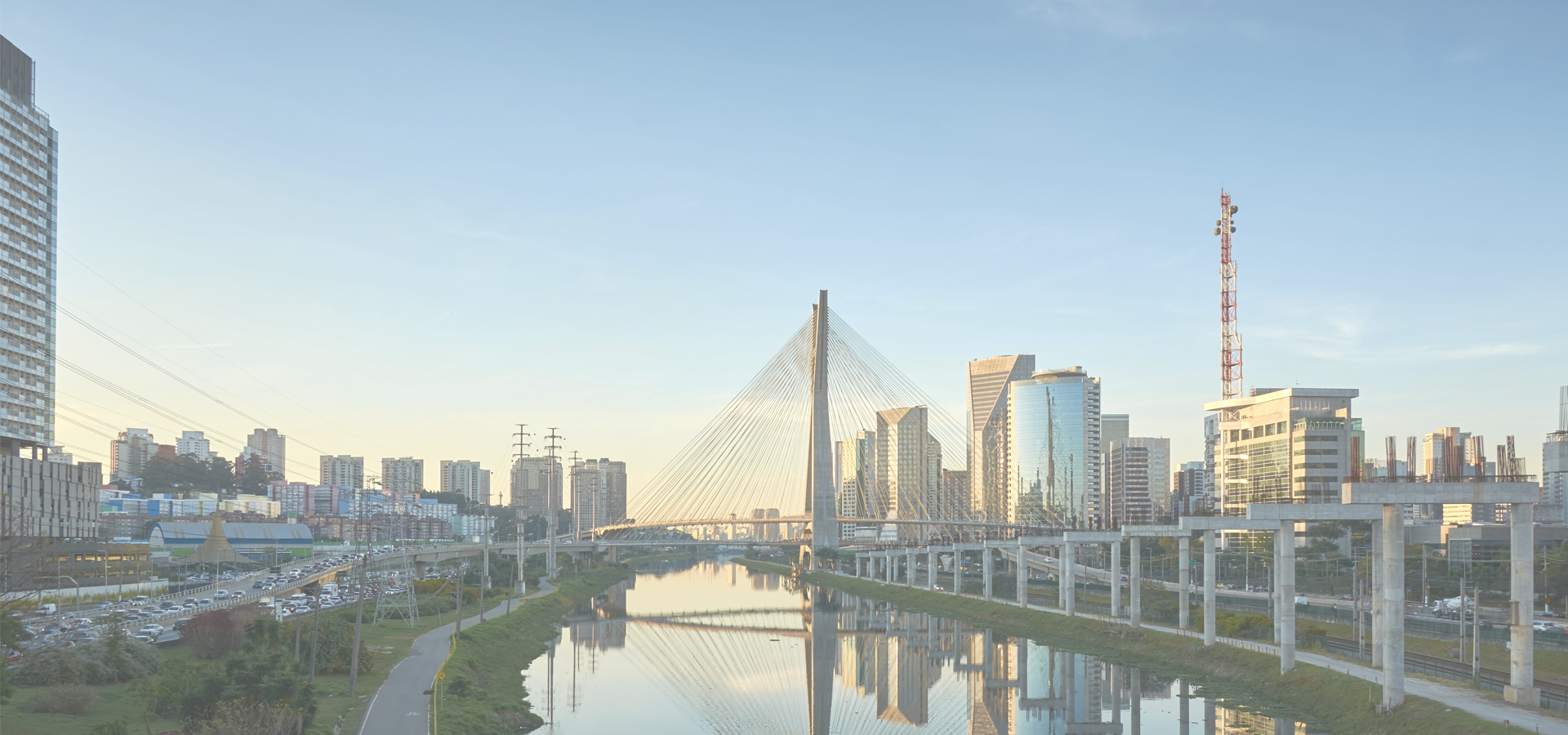Pindamonhangaba, São Paulo, Southeast Region, Brazil
🇧🇷 Pindamonhangaba is a municipality in the state of São Paulo, Brazil, located in the Paraíba valley, between the two most active production and consumption regions in the country, São Paulo and Rio de Janeiro. It is accessible by the Via Dutra at the 99th km. This place name comes from the Old Tupi language meaning where hooks are made or, according to a different interpretation, where the river bends.
Geography • Estimated population (2020): 170,132 inhabitants • Total area: 730.2 km² (281.93 sq mi) • Density (estimated 2020): 232.99 hab/km² (608/sq mi) • Population (Census 2010): 146,995 inhabitants • Density (Census 2010): 201.39/km² (531/sq mi); • Altitude: 540 meters • Tropical climate (Köppen CWA) • Average annual temperature: 22.4 °C (72.3 °F).
History The region then occupied by the Portuguese was Pindamonhangaba at least since July 22, 1643, registering more remote occupation by a certain Captain João Prado Martins. Six years later, on May 17, 1649, the area was formalized as a land grant and donated to the captain. It seems there is no information about what occurred between that date and August 12, 1672, so 13 years later, a chapel was built in honor of São José by brothers Antônio Bicudo Leme and Braz Esteves Leme. These brothers have acquired of the Countess of Vimieiro (Condesa de Vimieiro), the lands north of the town of Taubaté. There is no news of how the allotment had passed from the hands of Captain Prado Martins to the Countess. Given the uncertainties, two recent mayors of the city solved the problem by fiat: Caio Gomes Mayor officiated at the date of August 12, 1672 (Leme brothers) as the founding date of the city and later, Mayor João Bosco Nogueira decreed magna that date the county was founded was the date of emancipation, July 10, 1705.
Territorial evolution On April 16, 1858, it lost part of the territory that was located in the Serra da Mantiqueira, turning into a new municipality São Bento do Sapucaí. Later it was fragmented into two new municipalities, Campos do Jordão and Santo Antônio do Pinhal. On November 30, 1944, it lost part of the territory to Aparecida, on its border, for the creation of the Roseira district, which two decades later became a city.
America/Sao_Paulo/Sao_Paulo

Pindamonhangaba has a population of over 170,132 people. Pindamonhangaba also forms part of the wider Paraíba Valley and North Coast Region which has a population of over 2,928,345 people.
To set up a UBI Lab for Pindamonhangaba see: https://www.ubilabnetwork.org Twitter: https://twitter.com/UBILabNetwork
🇧🇷 Bragança Paulista -22.951
🇳🇦 Walvis Bay -22.952
🇧🇷 Copacabana -22.972
🇧🇷 Angra dos Reis -23.007
🇧🇷 Caraguatatuba -45.414
🇧🇷 São Sebastião -45.403
🇧🇷 Santa Inês -45.383
🇧🇷 Campo Belo -45.277
🇧🇷 Guaratinguetá -45.217
🇧🇷 São Lourenço -45.05
🇧🇷 Campos do Jordão -45.591
🇧🇷 São José dos Campos -45.894
🇧🇷 Pouso Alegre -45.934
🇧🇷 Mogi das Cruzes -46.183
🇧🇷 Santa Isabel -46.217
Locations Near: Pindamonhangaba -45.45,-22.9167
🇧🇷 Taubaté -45.55,-23.017 d: 15.1
🇧🇷 Campos do Jordão -45.591,-22.74 d: 24.4
🇧🇷 Guaratinguetá -45.217,-22.817 d: 26.4
🇧🇷 Caçapava -45.707,-23.102 d: 33.4
🇧🇷 Itajubá -45.45,-22.417 d: 55.6
🇧🇷 São José dos Campos -45.894,-23.204 d: 55.5
🇧🇷 Jacareí -45.95,-23.3 d: 66.6
🇧🇷 Caraguatatuba -45.414,-23.621 d: 78.4
🇧🇷 Pouso Alegre -45.934,-22.234 d: 90.7
🇧🇷 Santa Isabel -46.217,-23.3 d: 89.2
Antipodal to: Pindamonhangaba 134.55,22.917
🇯🇵 Amami 129.483,28.367 d: 19224.6
🇯🇵 Nago 127.978,26.592 d: 19236
🇯🇵 Ginowan 127.78,26.279 d: 19235.4
🇯🇵 Okinawa City 127.793,26.343 d: 19233.2
🇯🇵 Urasoe 127.734,26.254 d: 19232.5
🇯🇵 Okinawa 127.809,26.409 d: 19231.2
🇯🇵 Naha 127.702,26.199 d: 19232.4
🇯🇵 Tomigusuku 127.667,26.15 d: 19231.7